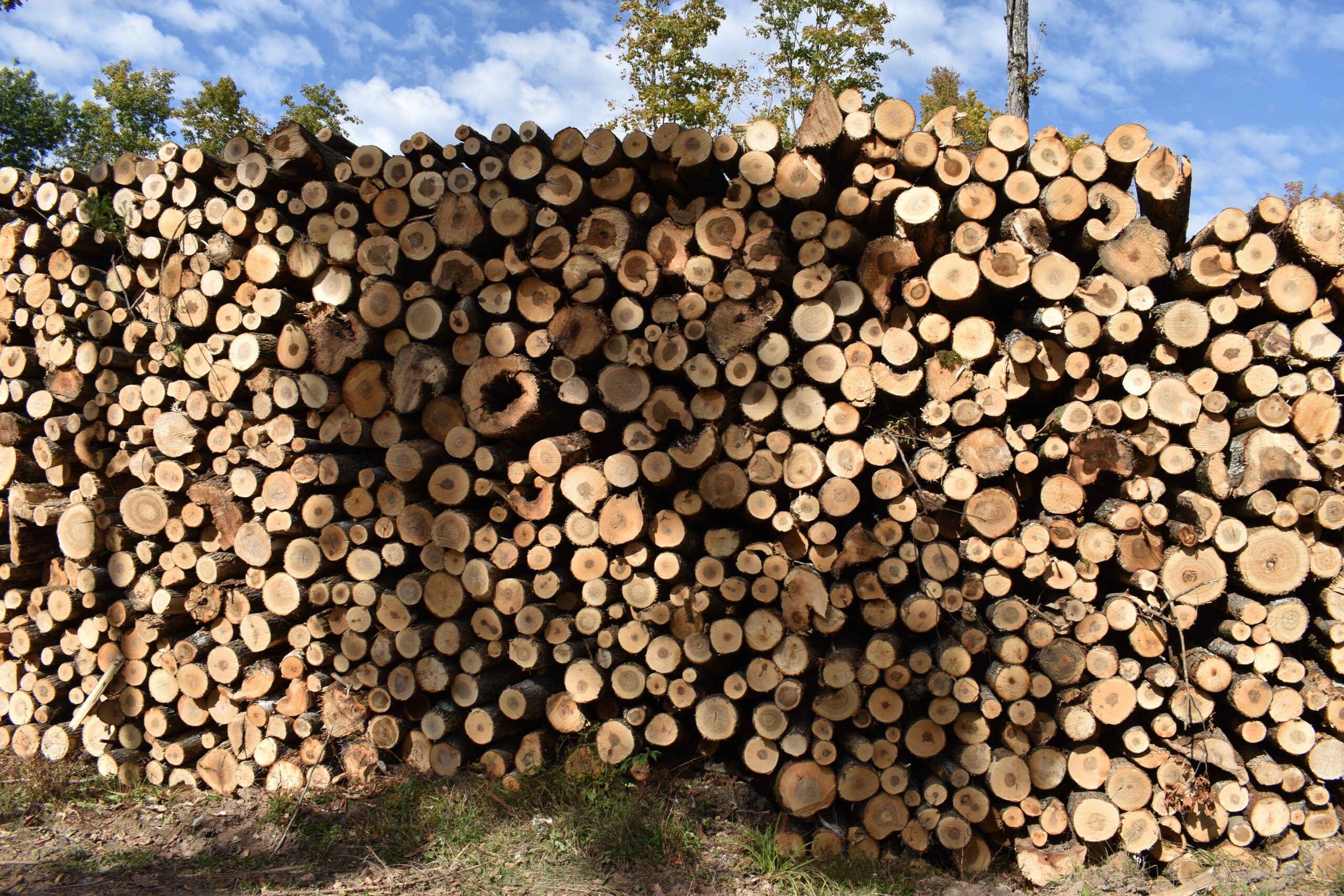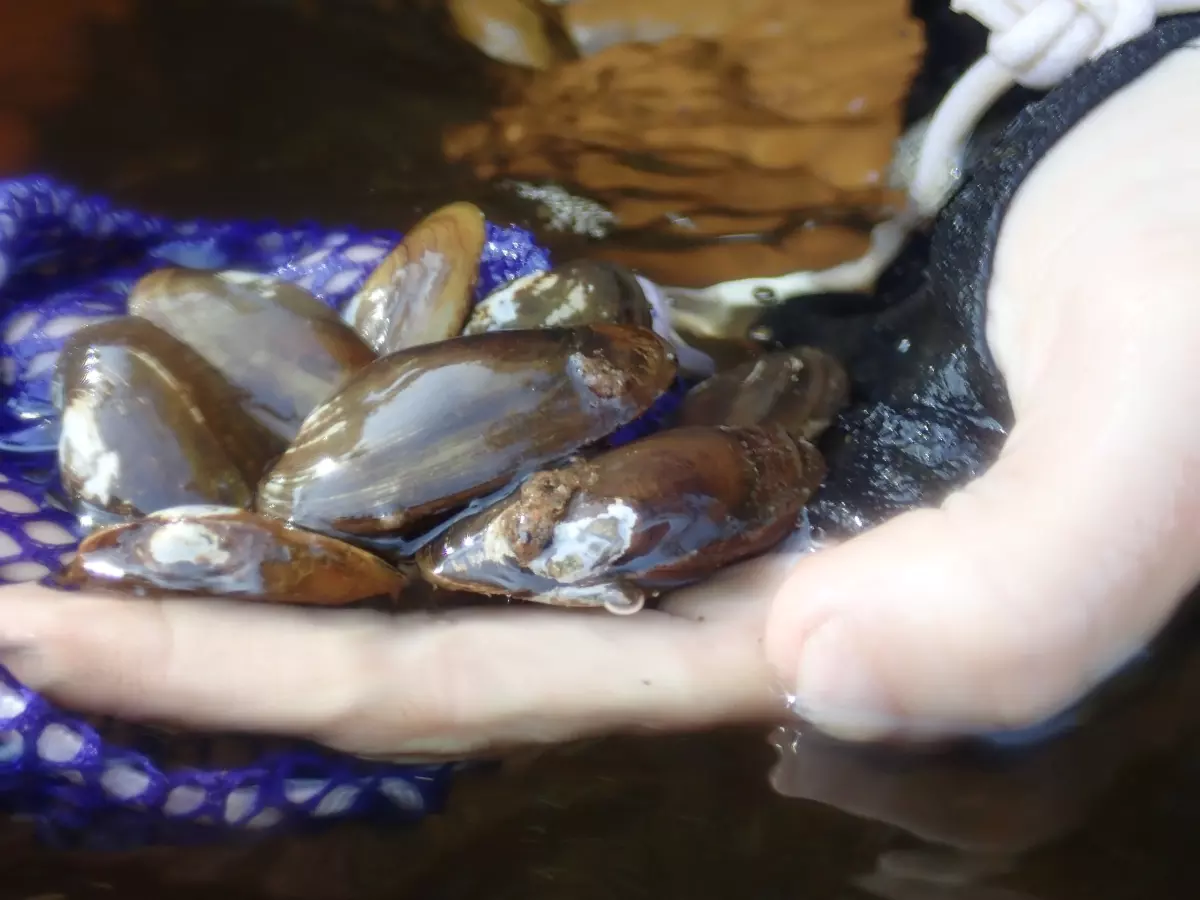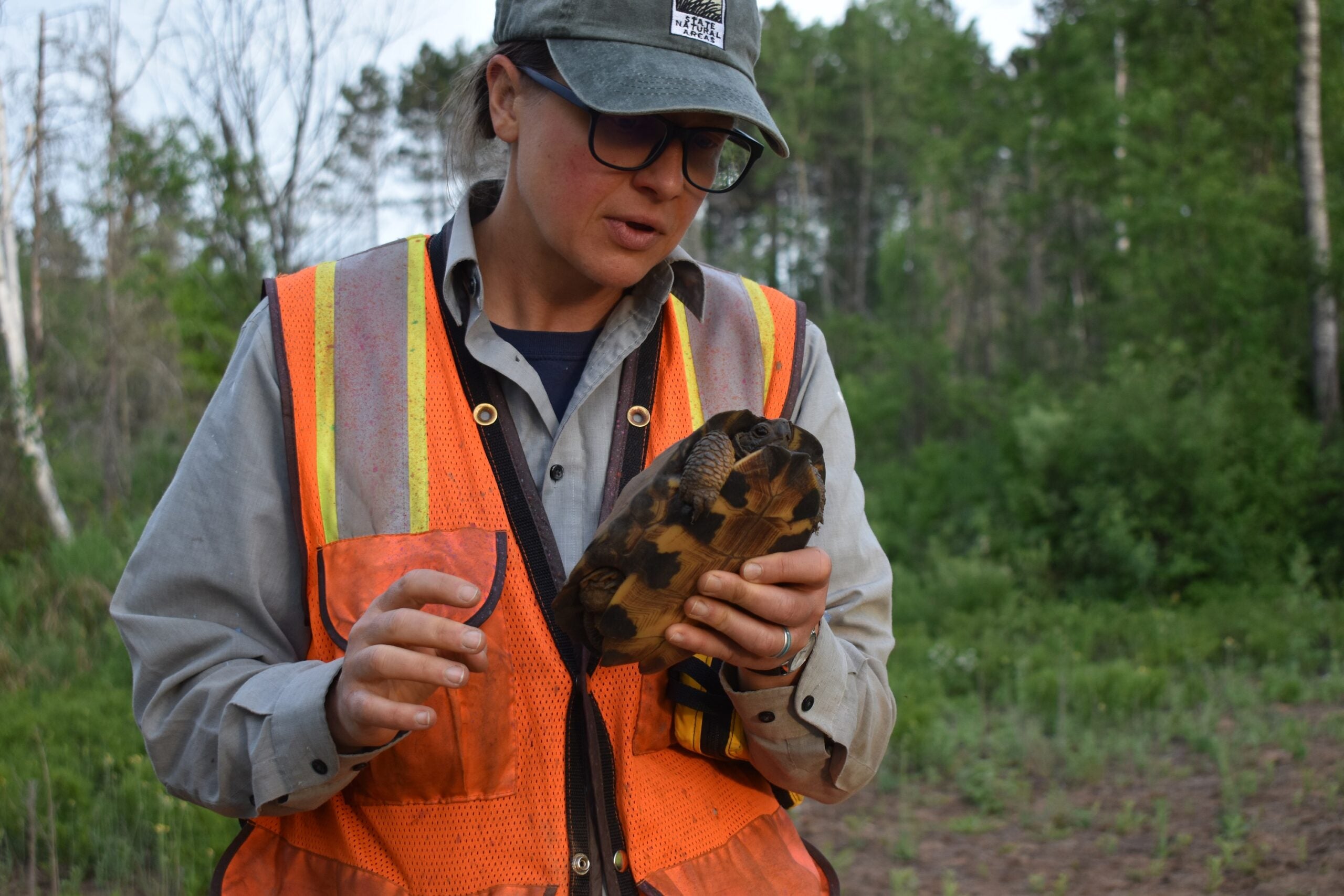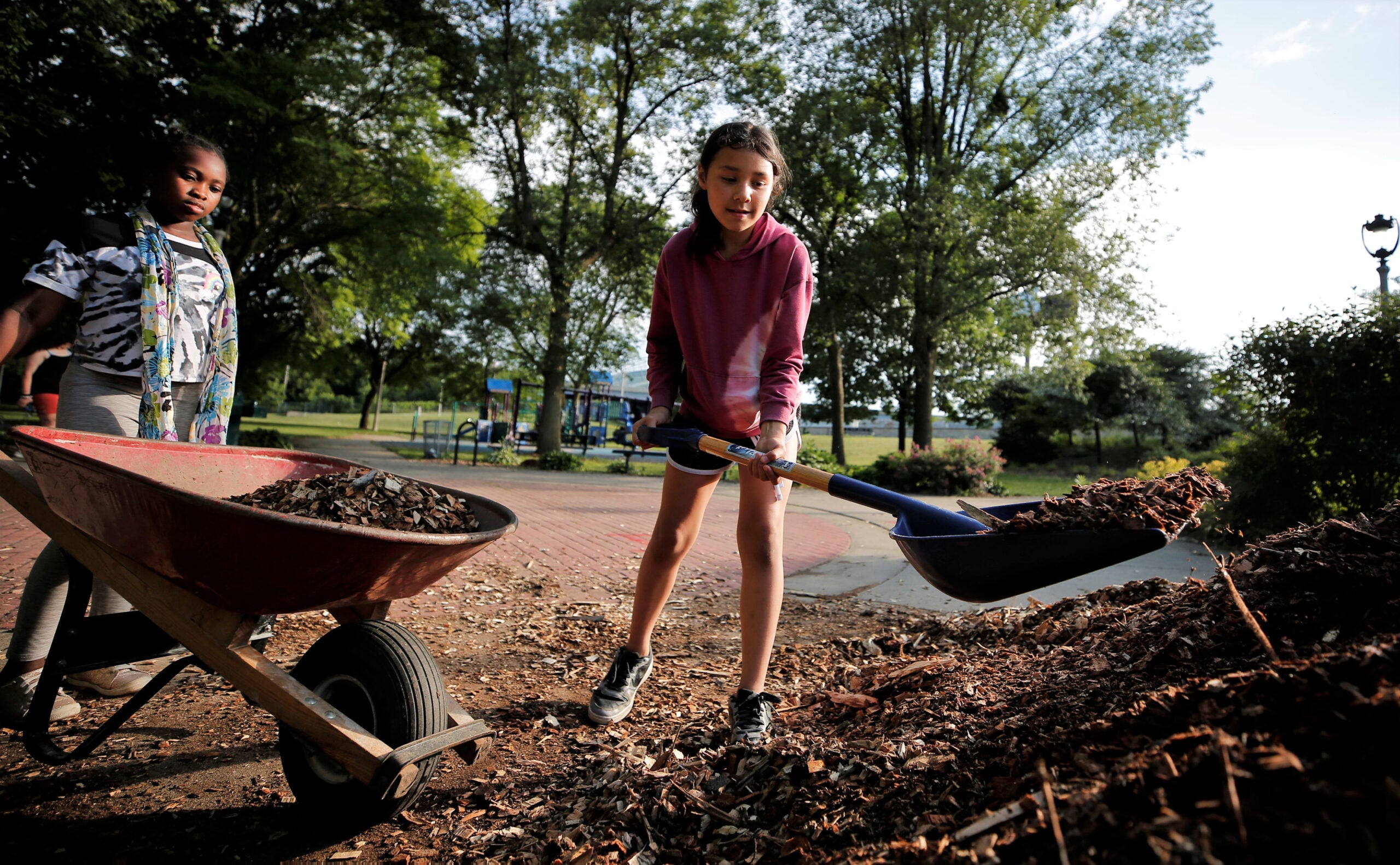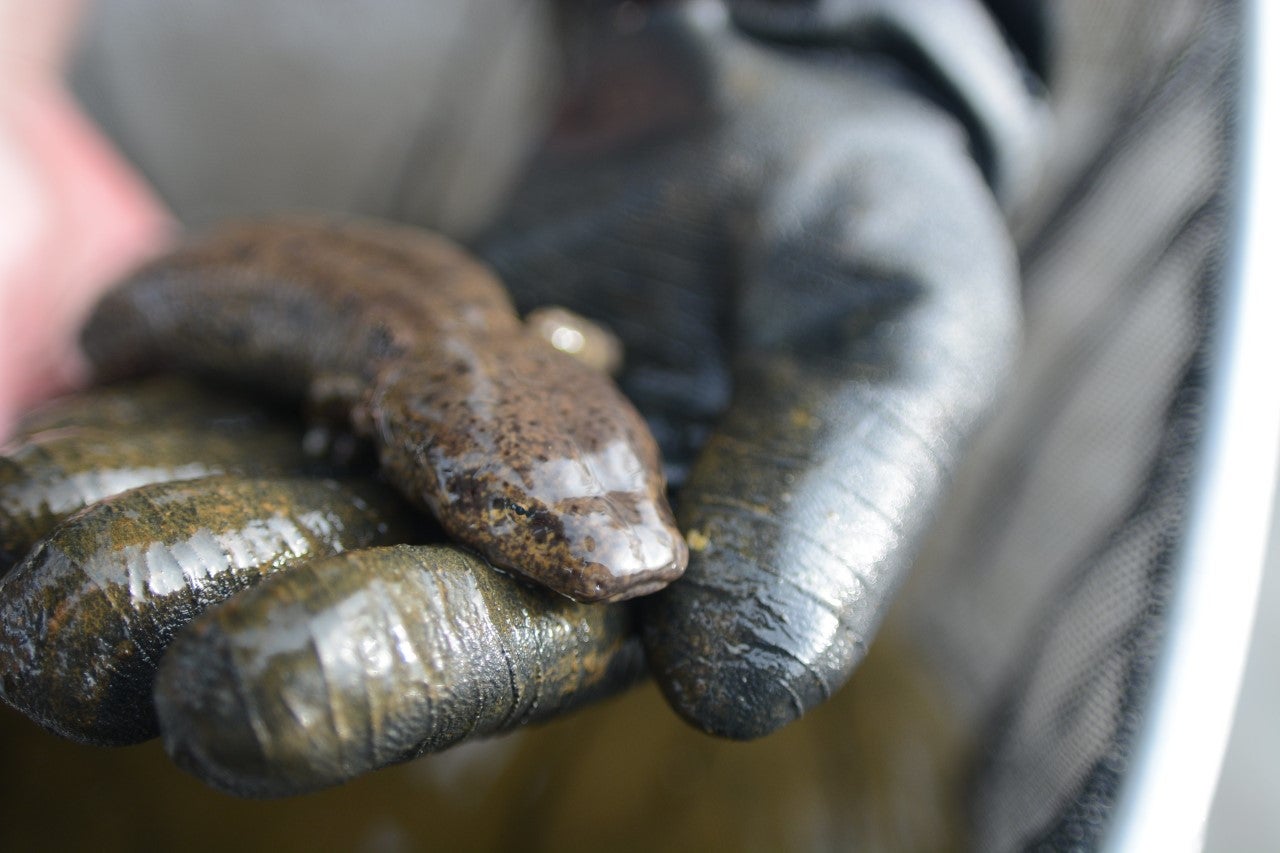Spring is a precarious time for salamanders making their annual migratory journey.
On the first warm, rainy spring night, they appear from under ground, rocks and logs. The path is dangerous for the salamanders because there is often a busy road standing between their hibernating spot and the pond they need to reach to breed.
But this year, researchers are hopeful that the timing was right for salamander crossings — fewer people on the roads because of the coronavirus pandemic could have made the journey across typically busy roads much safer.
Stay informed on the latest news
Sign up for WPR’s email newsletter.
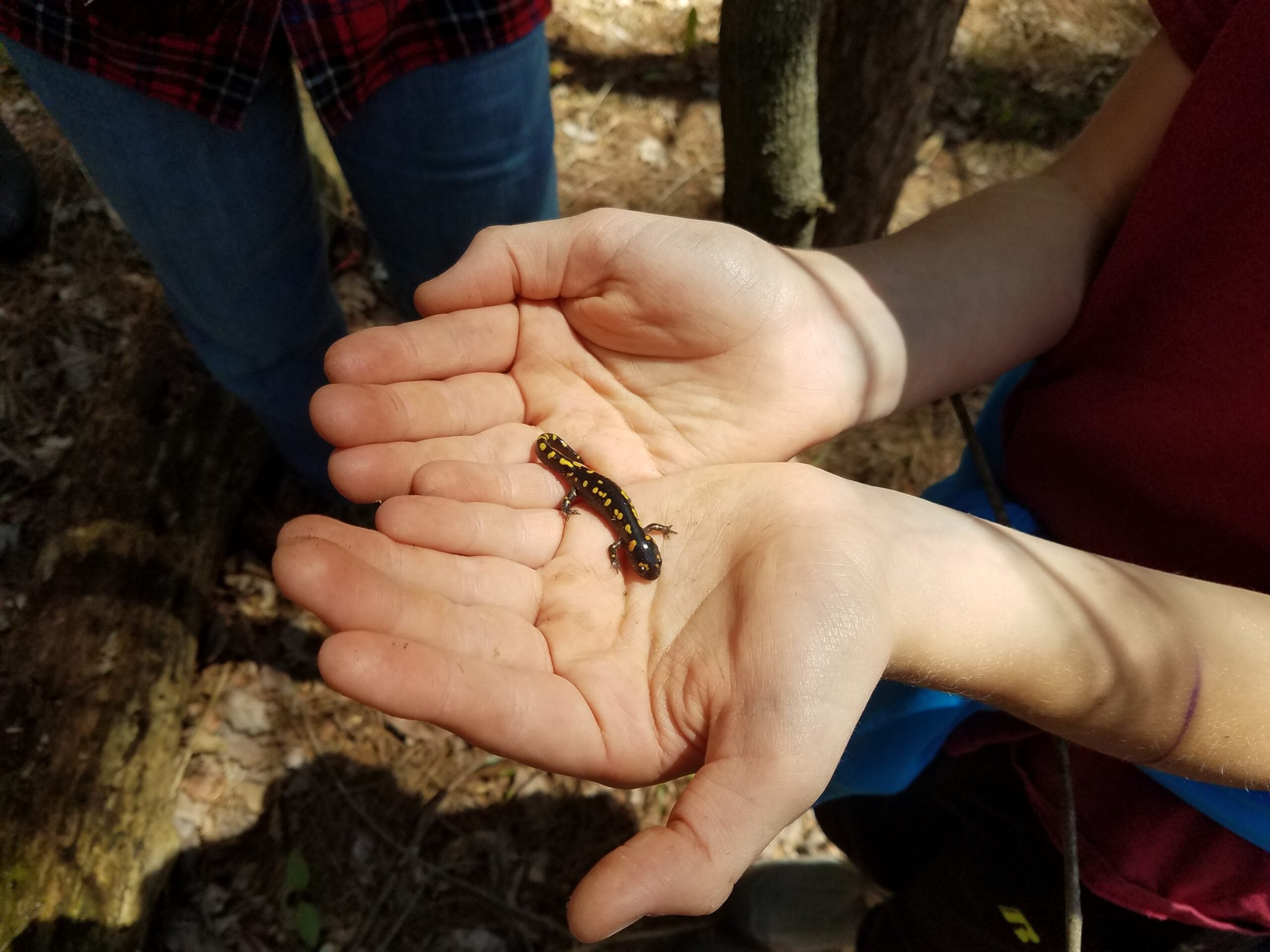
Watching the quiet and reclusive amphibians scurry across the road is an impressive sight, said Rori Paloski, conservation biologist with the Wisconsin Department of Natural Resources.
“Instead of trickling into the ponds over a few weeks or even a few months, they typically all do it on the same night at a certain site,” she said.
On a slow night, you might see about 10 to 15 salamanders on the road, Paloski said. But on a busy night, you could see hundreds of salamanders at one time.
It’s those busy nights that pose a problem for the salamanders. Most of Wisconsin’s salamanders are black with some colored spots and only stretch about 6 inches long, so they blend into the road when they attempt to cross, she said.
“Even if you’re looking for them, you might not see them,” Paloski said. “There’s definitely a huge percentage of salamanders that try to get across the road, but they don’t make it.“
Although it’s unclear just how many of the amphibians are killed crossing roads each year, Paloski said from a population perspective, it’s an especially dangerous time because the salamanders are making the journey to reproduce — not only does it affect the current generation, but also the next.
Every year, various citizen scientists and conservation groups get together to help the amphibians cross busy roads, wearing reflective gear to warn drivers. But it can be tricky to predict and organize when there may only be a few days notice on when weather conditions are right.
Groups have also come up with innovative solutions to help various species make their annual migratory journeys, like an underpass below a highway outside of Stevens Point to help turtles safely pass.
Salamanders, and other amphibians, are often considered a canary in the coal mine in regard to the health of an ecosystem. Almost all of Wisconsin’s 20 amphibian species spend part of their life on both land and water, so they’re exposed to a variety of habitats, Paloski said.
“Their skin is very permeable, most of them to some degree, can breathe through their skin,” she said. “So if they can take in oxygen and absorb water through their skin, that unfortunately also means that if there’re any toxins in the environment, they can take those in as well.”
While it’s too early to tell whether the decreased traffic from the coronavirus pandemic this year has impacted salamander populations, it has at least become an unexpected and rare experiment for researchers to study the impacts of human activity on amphibian crossings.
Wisconsin Public Radio, © Copyright 2025, Board of Regents of the University of Wisconsin System and Wisconsin Educational Communications Board.

